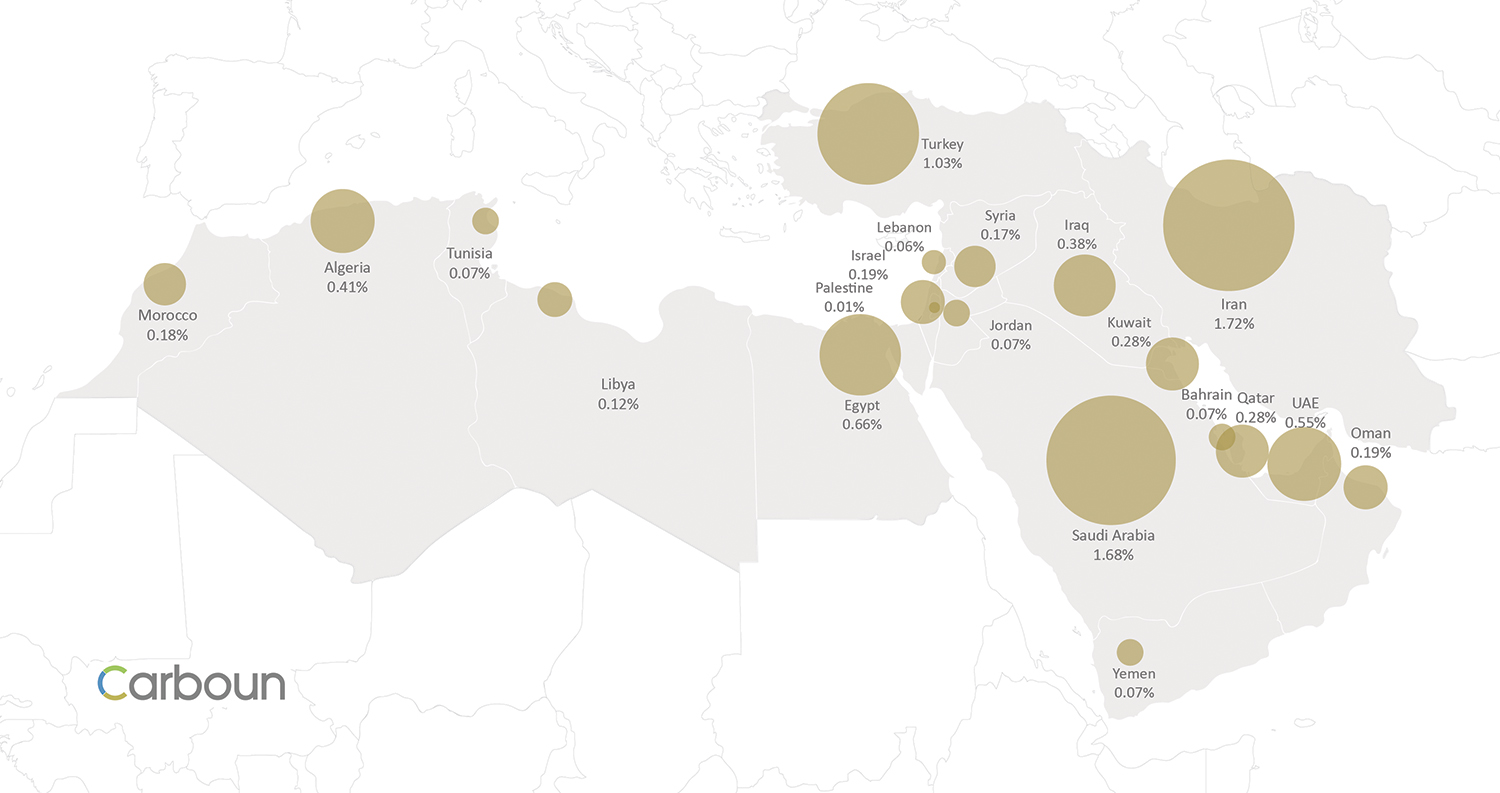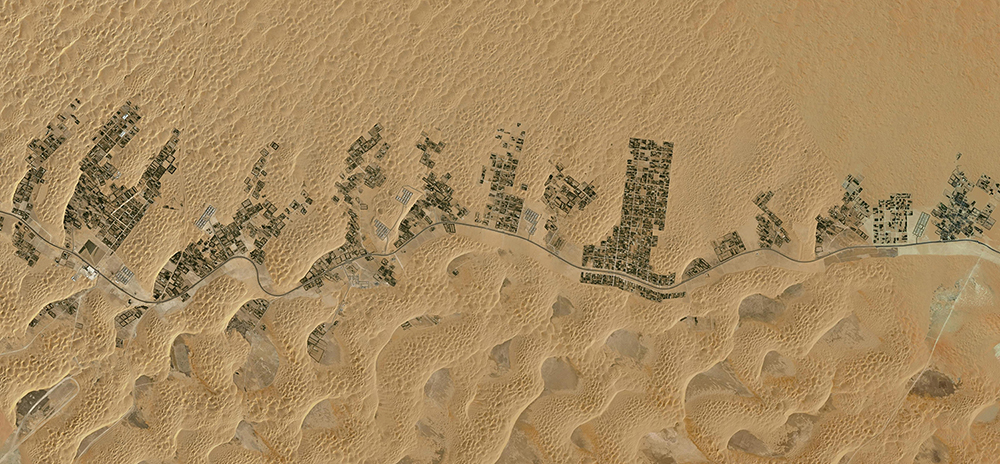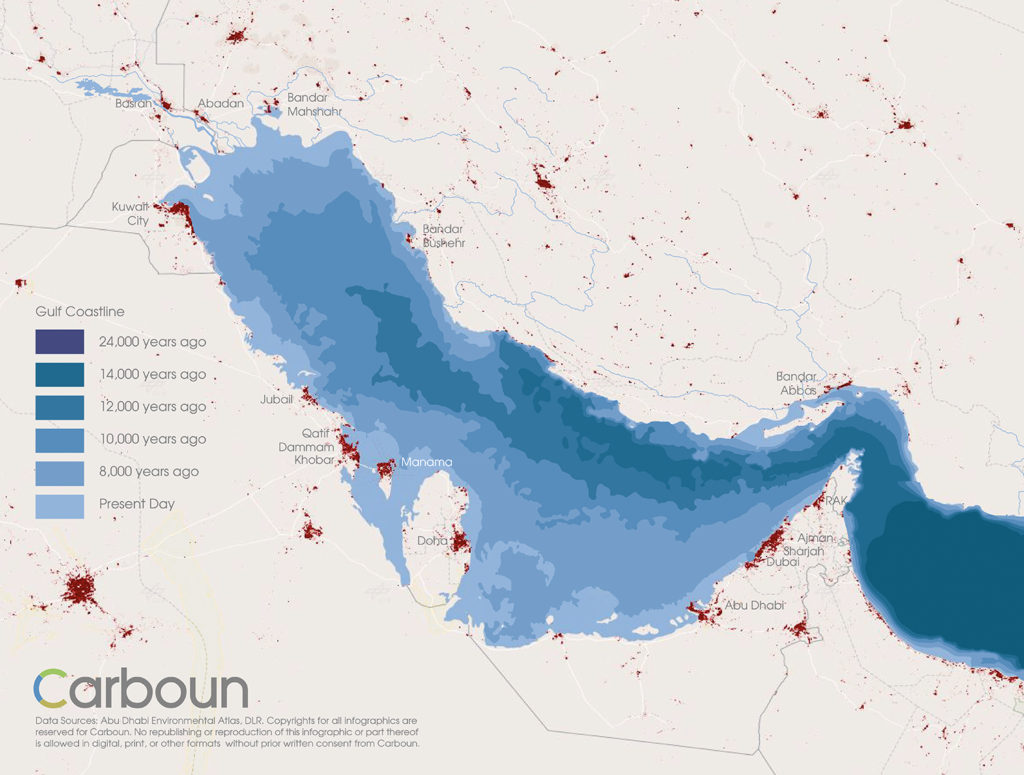|
|
Karim Elgendy
Under the blockade, Gaza is often likened to a prison, with poor and patched up infrastructure and declining sanitation. In May, the Israeli bombing of urban areas in response to Hamas rockets caused yet more devastation. But what is often overlooked is that with every war, indeed with every passing year, the environment in Gaza is becoming more fragile, and the ability of this small strip of land to sustain human life further eroded. As such, Gaza is a reminder to its neighbours of their serious environmental challenges and a warning of dire consequences if action is not taken.
Continue reading Canary in the coal mine: Gaza, the Levant, and climate change
Karim Elgendy
Since the start of the industrial age at the end of the 19th century, global surface temperatures have been on the rise due to increased carbon emissions. It is estimated that the earth’s surface temperature has already increased by an average of 0.9° C since then with obvious impacts on the global climate patterns.
The pattern of such warming has varied between different regions. Even within certain regions, sub-regional variations can be detected. In the Middle East and North Africa region, for example, there are sub-regional variations in how countries have warmed between 1880 and 2019, which correlate with their proximity to the Mediterranean Sea or the Persian/Arabian Gulf.
Continue reading When Did Your Country Start Getting Warmer?
Karim Elgendy
As the last ice age ended, the earth’s climate began to warm up, glaciers and ice sheets started to melt, and sea levels rose globally. With sea levels rising, seawater (once again) flooded into the Gulf (also known as the Persian Gulf or Arabia Gulf), whose sea floor was exposed for millennia and covered in sand dunes (except for lakes and the Tigris-Euphrates river meandering across it towards the Arabian sea).
Continue reading Sea Level Rise in the Gulf
 National share of 2014 global carbon emissions across the Middle East and North Africa region, including Turkey, Iran, and Israel. Copyrights: Carboun Karim Elgendy
The two-week COP 21 climate conference in paris (also known as the 21st Conference of Parties to the United National Framework Convention for Climate Change ) ended on Saturday 12 December with an adopted agreement covering 195 countries, and providing a framework for voluntary efforts to significantly reduce carbon emissions starting 2020.
Continue reading From Paris to Marrakech and Beyond
Karim Elgendy
 Liwa date farms benefit from some of the freshest ground water in the UAE. Copyrights: Google Those who visit the Middle East and North Africa from more temperate climates are often struck with how hot and dry the region is, and how scarce its rainfall. Some wonder why cities became established here, and how they continue to exist despite the lack of renewable freshwater.
These concerns are not entirely groundless. Yet these cities’ existence is not in any way miraculous: it’s merely an example of what can happen if cities fail to strike a sustainable balance between growth and limited resources.
Continue reading How Sustainable is Your Oasis?: A Review of Water Resources in Middle East Cities
Hiba Abu Al Rob, Majd Jayyousi, Khaled Abu Ajwa, and Rashed Al Nasa’a
The water situation in Jordan is in need of dramatic changes to ensure positive outcomes in national water resource management. Already nearing crisis levels, it is estimated that any slight change in current levels or quality of water will have a significant effect on agriculture, industry, nutrition, health and ultimately the security of the Kingdom.
This is a story that everyone has heard before. It is a story at the heart of Jordan’s neighborhoods and villages where ramifications are felt every day, affecting the lives of thousands of individuals. Men and women, both young and old, have learned the meaning of water scarcity the hard way, as places and communities they call home have transformed into daily battlegrounds of uncertainty and disappointment. To tell the story of water in Jordan, one would travel far and wide, yet this is an attempt to tell the story through three tales of struggle, determination, and success in facing one of the biggest challenges this century.
 The fields surrounding the village of Al Mughayyir, in northen Jordan, bear witness to the effect of water scarcity which has created a shift in the social pattern of local villages, with many abandoning agriculture and farming and moving to neighboring cities. Photo Copyrights Mohammad Asfour Continue reading Stories of Water Scarcity in Jordan

Wissam Yassine
UPDATED – Climate change refers to the current changes in the Earth’s climate patterns due to the increase in greenhouse gases emitted by human activities. The driving force behind this pattern is an increase in the Earth’s surface and water temperature. In fact, over the last 130 years, the global average temperature of the planet rose by 0.8 °C. However, the impacts of this temperature increase on climate patterns in different regions varied widely (Figure 1).
National scientific bodies in all major countries agree that the cause behind global warming and climate change is the increasing concentration of greenhouse gases in the atmosphere due to human activities such as burning fossil fuels, deforestation, and growing livestock. Climate models have been created to forecast the expected increase in the average global temperatures over the coming years based on current and expected emission levels. These models show that the global average temperatures are expected to rise by up to 6 °C by 2100 if greenhouse gas emissions continue to rise as they have in recent decades.
Continue reading An Introduction to Climate Change
|
|







